Auctions
American Artists Dominate at Sotheby’s Solid $79.9 Million Contemporary Sale
With help from guaranteed bids and a Warhol selfie, the evening's total was up 20 percent over last June's sale.
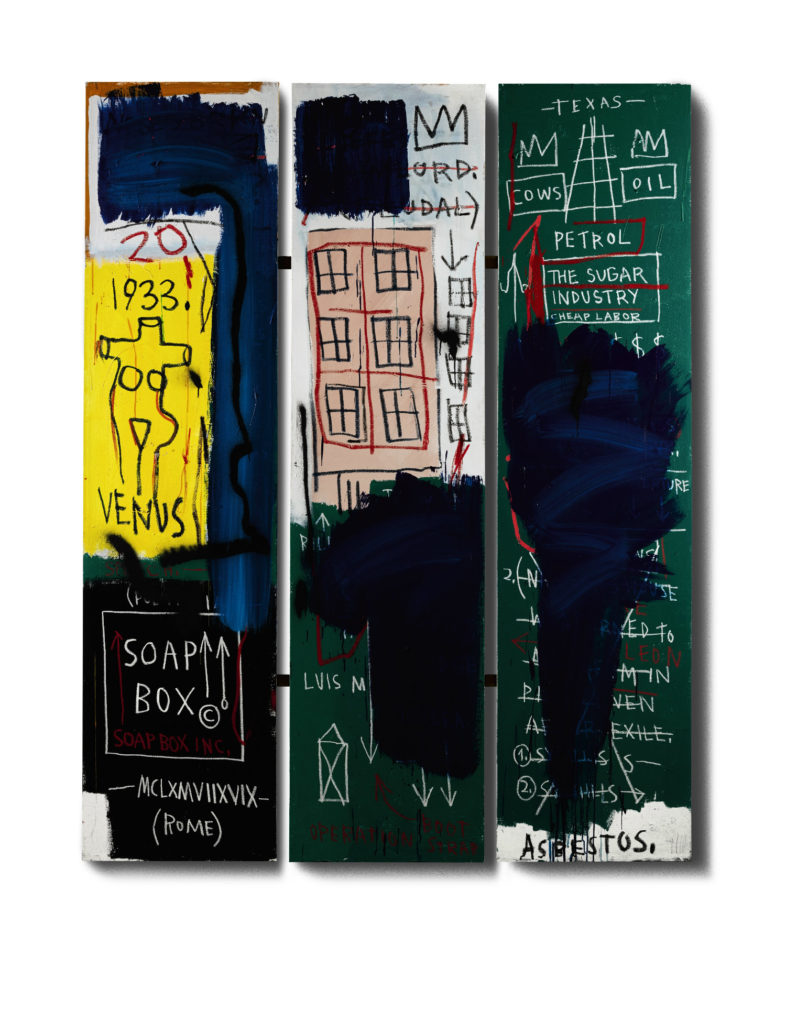
With help from guaranteed bids and a Warhol selfie, the evening's total was up 20 percent over last June's sale.

Colin Gleadell

Bolstered by a slew of guaranteed bids and a strong showing by US artists, Sotheby’s took £62.4 million ($79.9 million) at its contemporary art sale this evening. The respectable total was up 20 percent from last June, but still far from the £130 million totals of June 2012 and 2015.
Considering the abundant supply of material on the market this spring and summer at the May New York sales, Art Basel, and Frieze New York, it was impressive that tonight’s evening sale moved all but two of 41 lots—95 percent—in line with the high end of its presale estimate of £44.3/60.4 million.
For Alex Branczik of Sotheby’s, following Christie’s lead and canceling the June sales isn’t a possibility, despite the scheduling challenges and the difficulty in sourcing material. “They have always been close to New York’s May sales, which makes business getting tight, but there is no greater advantage in October because people are already looking forward to New York’s November sales.”
Calendar debates aside, the London contemporary sales have rarely been so dominated by American artists as they were this evening. Seven of the top 10 selling lots were by American artists. Even the sale start had a distinctly US feel, as works by Louise Lawler and Josef Albers flew over estimate. A day-glo painting by Keith Haring nearly hit top estimate, selling for £944,750 to Acquavella Galleries. (Final prices include the buyer’s premium; pre-sale estimates do not.)
A 1983 Basquiat triptych on wood was contested by New York dealer, Christophe van de Weghe and Paris collector, John Sayegh Belchatowski before selling on the phone near top estimate for £6.5 million ($8.3 million)—the top lot of the sale.
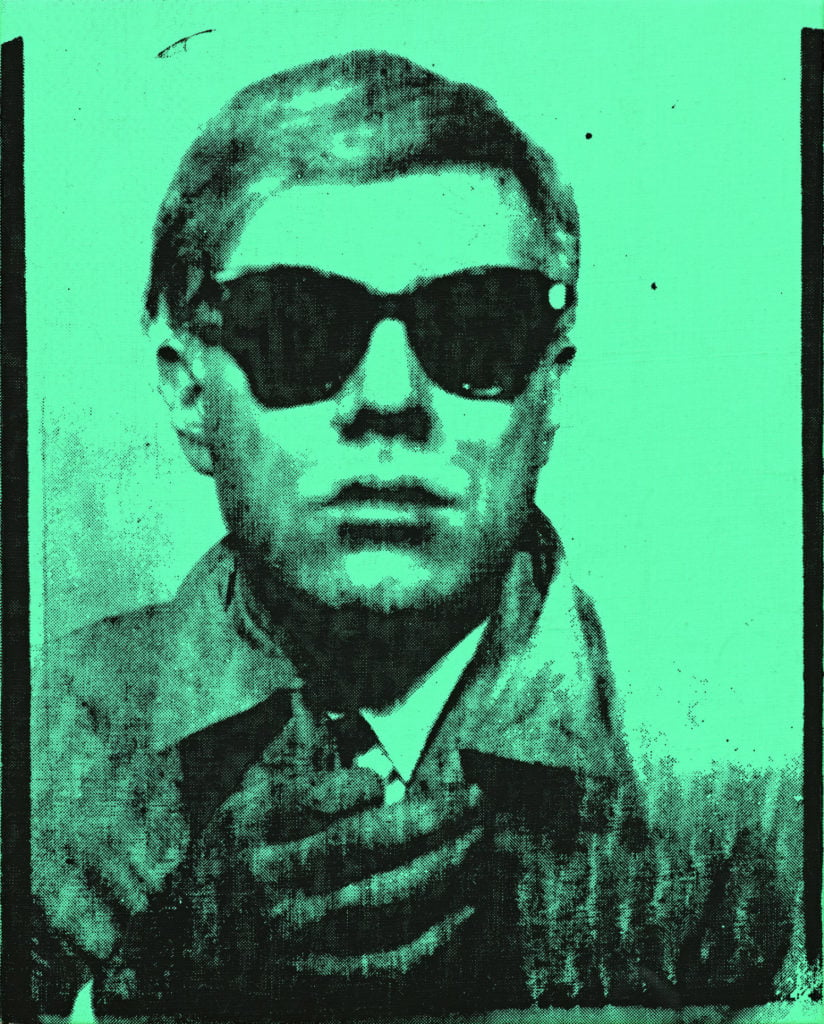
Andy Warhol, Self-Portrait,(1963–4). Courtesy of Sotheby’s.
An early Andy Warhol photo booth-style self-portrait from 1963–4 was supposed to top the sale. Guaranteed with an irrevocable bid, it received one bid from Turkish collector Kemal Cingillioglu (the guarantor?) before selling to a telephone bidder for £6 million ($7.7 million). A few lots later, a collaborative work by Basquiat and Warhol, Sweet Pungent (1984–5), from the collection of fashion designer Tommy Hilfiger, attracted prolonged competitive bidding from dealer Paolo Vedovi among others, before selling at double estimate for £4.4 million ($5.7 million).
Until recently, Warhol, the master, was considered the dominant partner to Basquiat, the protégé. “Not anymore,” says van de Weghe. “The Basquiat element is the more valuable.”
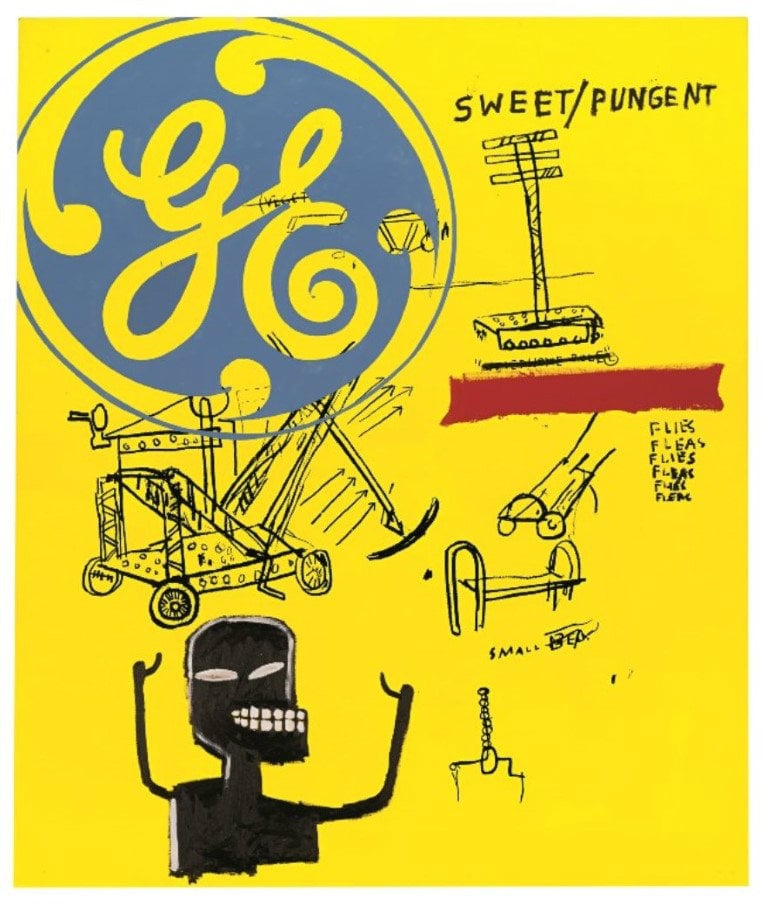
Andy Warhol and Jean-Michel Basquiat, Sweet Pungent, (1984–5). Courtesy of Sotheby’s.
Beyond the Americans’ strong showing, this sale was also heavy with guarantees—16 of them in fact, with a combined low estimate of £25 million ($32 million), or more than 50 percent of the value of the pre-sale low estimate. Occasionally, the guaranteed works attracted strong bidding. A Dubuffet oil and collage, Beret Rose (1957), attracted bids from collectors Dimitri Mavromatis and Kemal Cingillioglu as well as from dealer David Nahmad before selling above estimate for £2.6 million ($33.6 million). A white, punctured Fontana saw bids from adviser Patricia Marshall, collector Belchatowski, and dealer Nahmad before selling to a phone bidder above estimate for £2.2 million ($2.8 million).
But it was a painting by Cecily Brown that fetched the evening’s record price. Brown has been busily proving that there is life after Gagosian, as demonstrated by strong sales at Art Basel this year. This sale featured a 1998 painting, The Girl Who Had Everything, owned by Charles Saatchi when shown at Gagosian in 2000. Saatchi sold it at Phillips in 2007 to Gagosian (presumably for a client) for £533,414 ($1.1 million). The painting was one of her first to break the million-dollar barrier at auction. Sent back to auction this evening from the Gagosian buyer—and two years after her split from the dealer—it sold for £1.9 million ($2.4 million).
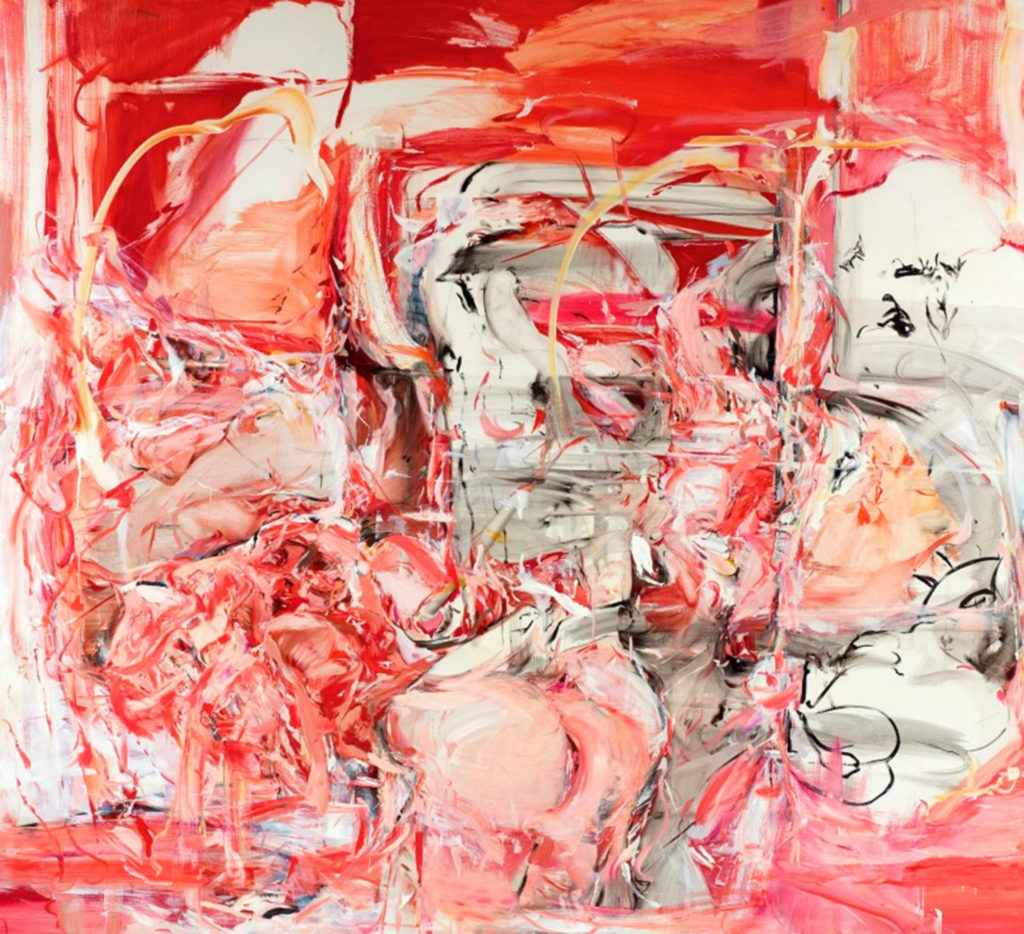
Cecily Brown, The Girl Who Had Everything (1998). Courtesy of Sotheby’s.
If the guaranteed lots bolstered the evening total, at times, it looked as though they would not have sold without the guarantee. Selling below estimate or on a single bid was Richard Prince’s School Nurse (2005) for £4.1 million ($5.3 million). Gerhard Richter’s dark abstract, Split (1989) fell at a bid below estimate for £4 million ($5.1 million), a price that saw little change for the seller who bought it in 2012 for $4.45 million.
Another Richter offered a cautionary lesson on in-house guarantees. The black-and-white townscape, Stadtbild M6 (1968) was previously offered by Sotheby’s in 2015 with a £2/4 million estimate and a guarantee. However, it was unsold and returned last night (Sotheby’s catalog acknowledged that it had a financial interest) with a £800,000/1.2 million estimate and sold to a £700,000 bid, at a loss for Sotheby’s.
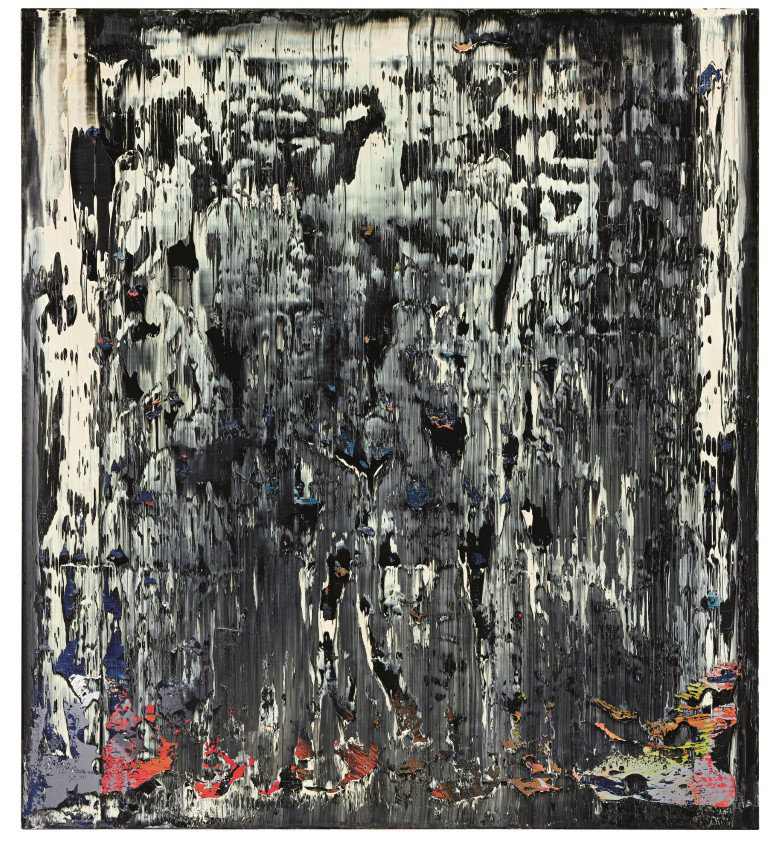
Gerhard Richter, Split, (1989). Courtesy of Sotheby’s.
Few lots sailed over estimates. The stand-out exception was Wolfgang Tillmans’s c-print, Freischwimmer #81 (2005), almost eight feet wide and unique apart from the artist’s proof. This particular series of abstract images have been setting the market on fire (his smaller, figurative earlier work much less so) and telephone bidders from America, Europe, and Asia queued up to bid for it until it sold for quadruple the estimate at £500,750—just short of the record.
Of course, there was also the occasional loss. Apart from Sotheby’s Richter, Sterling Ruby’s eight-foot spray-painting, SP186 (2011) was bought at Sotheby’s Doha in 2014 for $611,000 but sold for just £248,750 ($318,425).